Tag: canadawildbirding
-
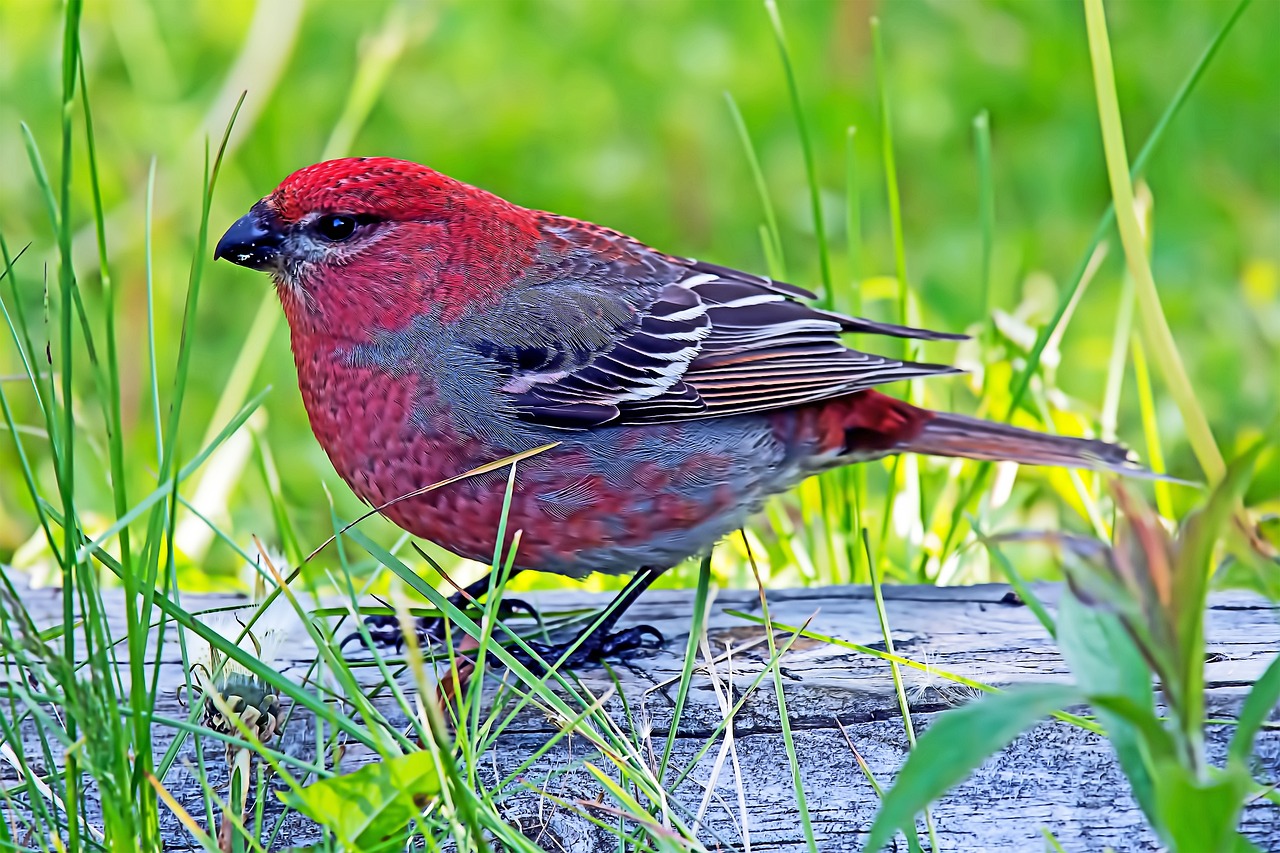
What Does an Irruption Year Mean?
Have you ever heard this term among birders and wondered what it means? According to Project Feeder Watch it is defined as “the movement of northern-wintering species to the south in years of low food availability.” I’ve recently heard from customers that they have seen flocks of Evening Grosbeaks in parts of Scarborough and the…
-

Fall Activity
Have you noticed new arrivals in recent days? White-throated and White-crowned Sparrows as well as Dark-eyed Juncos are showing up and depending on your location, some of these birds may stick around. Most of the White-crowned will eventually move on but often White-throated Sparrows will stay late and some will overwinter. The Juncos are here…
-
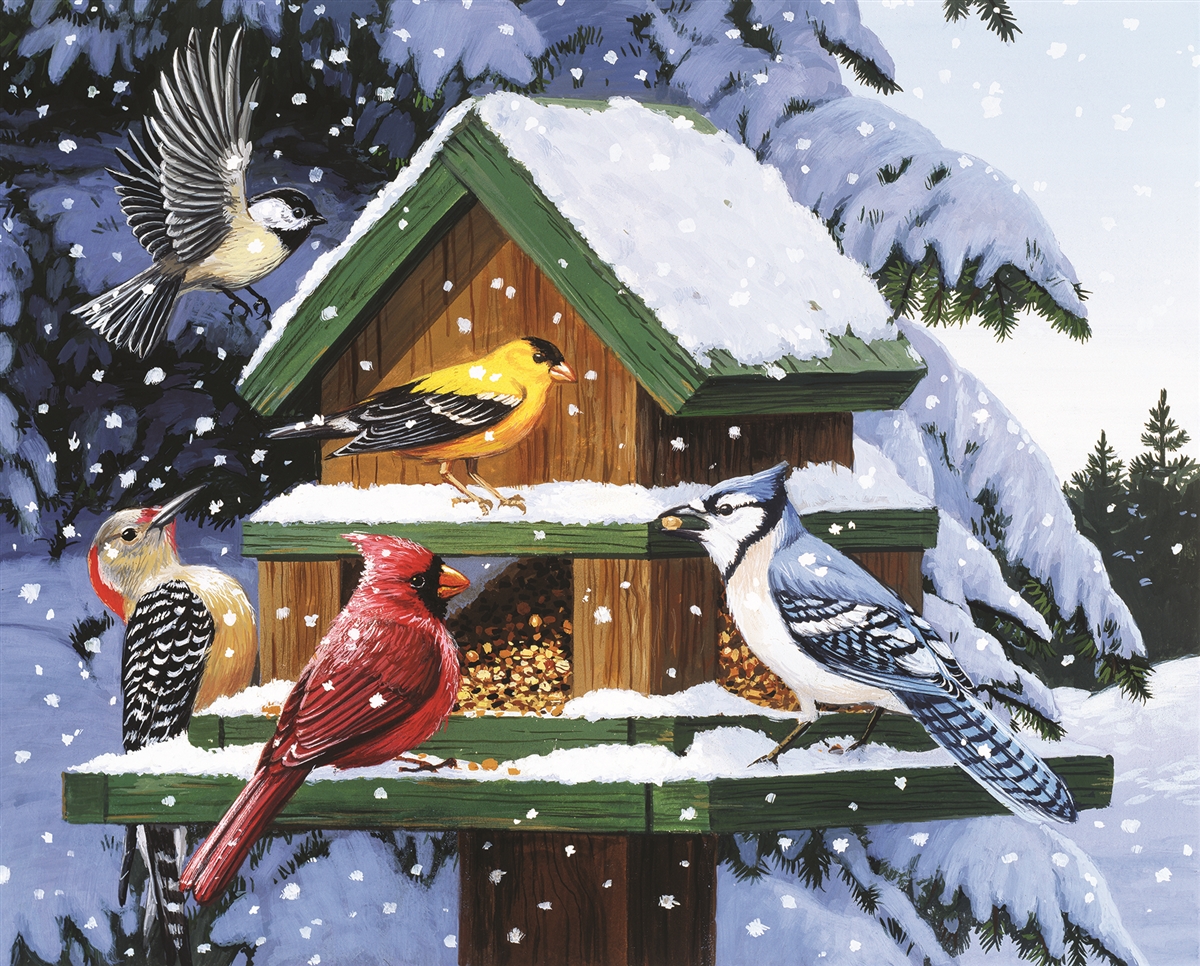
Bird Identification Simplified
So many of us have looked at a bird and had no idea what it was, or heard the name of a bird and thought, well, that makes no sense at all. Let’s not forget all those little brown birds. Becoming familiar with a bird’s topography will help you with identification. Field guides are great, but…
-
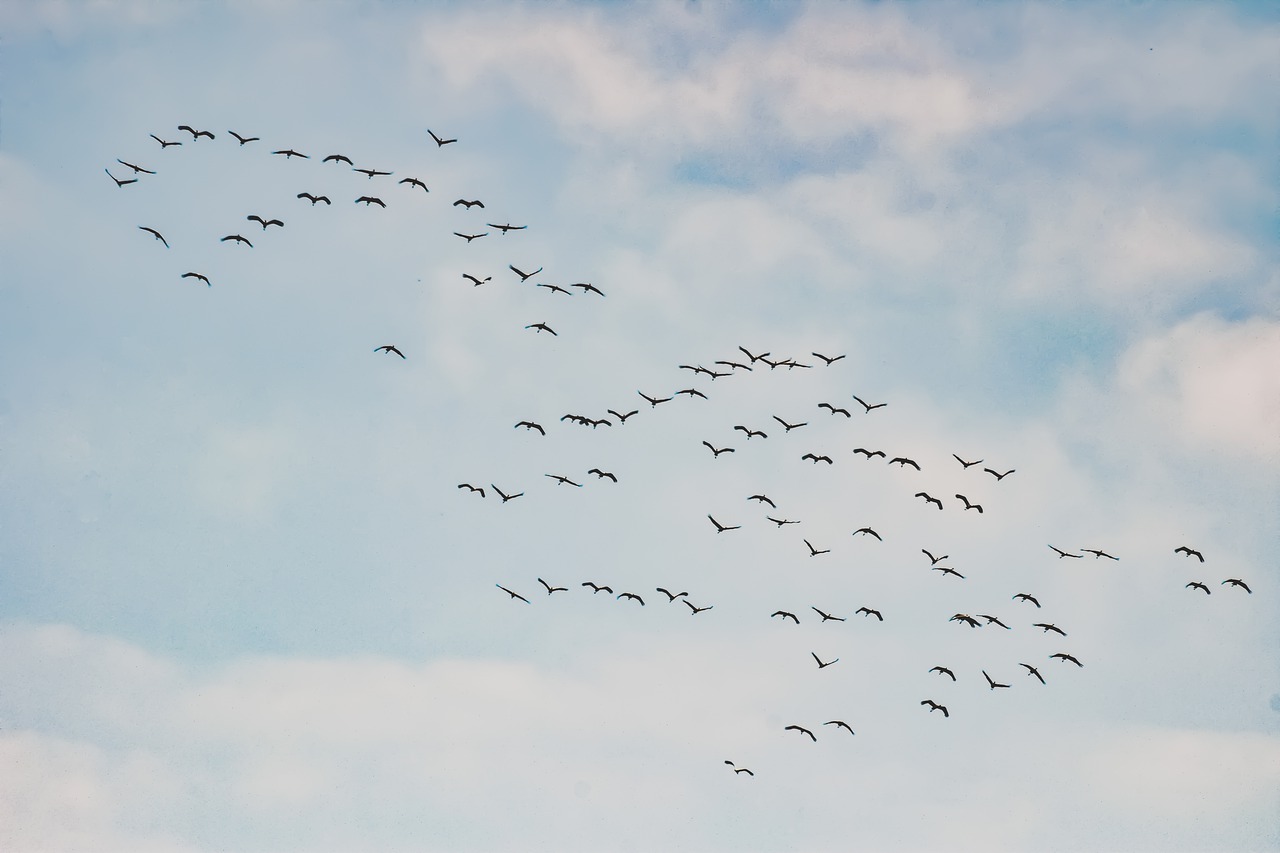
5 Amazing Facts About Bird Migration
Animals can do some pretty incredible things, but perhaps no feat in the animal kingdom is more spectacular than the twice-yearly journey of migratory birds. From pole-to-pole flights to extreme physical transformations, here are some of their most impressive feats. 1. It’s a marathon While most species of migratory birds in Canada overwinter within the…
-

TIPS TO HELP BIRDS DURING MIGRATION
The month of September brings our attention to many species of birds migrating to their winter destinations. Raptors, shorebirds, waterfowl, and the many songbirds including warblers, thrushes, some sparrows, finches, and of course the orioles and hummingbirds will all be on the move. Birds of prey, swallows, finches and hummingbirds are diurnal migrators, meaning they…
-

Moving in Silence
A major difference between spring and fall migration is the sound. In the fall there isn’t much to hear. Songbirds are moving through in good numbers with warblers, vireos, flycatchers, tanagers, orioles and others busily looking for insects so they can fatten up for the flight ahead, but they mainly do it in silence. You…
-
UNDERSTANDING BINOCULARS
Birdwatchers love to have a good pair of binoculars. They can enhance our viewing experience allowing us to view birds in so much more detail. Maybe it’s time to upgrade your binoculars, but you’re intimidated by all the numbers and terms. Here is a breakdown of their meanings. Binoculars will have 2 numbers that are…
-
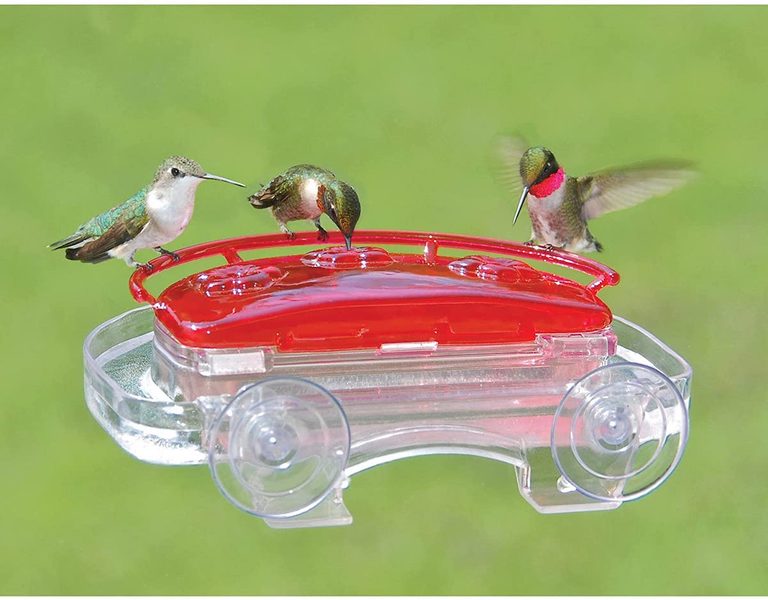
Birding tips for condo dwellers
Just because you don’t have a backyard doesn’t mean you can’t still observe avian life from the comfort of your home. Here are a few ideas to make your own aerie a little more bird-friendly. Hang a balcony feeder If you have a balcony and your building allows bird feeders, you might be surprised who…
-
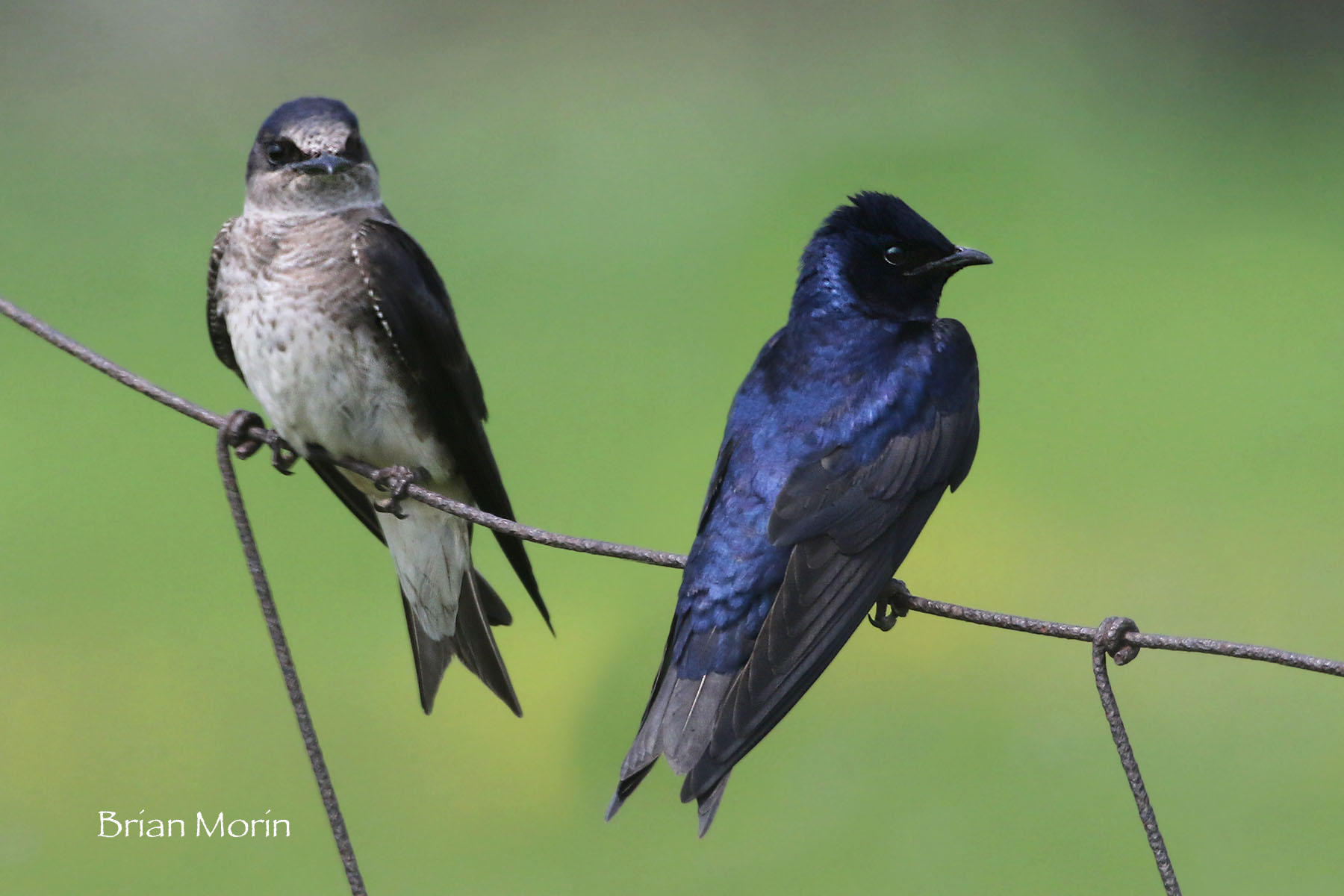
Getting Ready
It may be hard to believe but some birds are getting ready for the trip south. It doesn’t happen in a rush like in spring and in fact extends over a period of months but once young are on their own there is nothing holding them or the adults back. They can move on whenever…
-
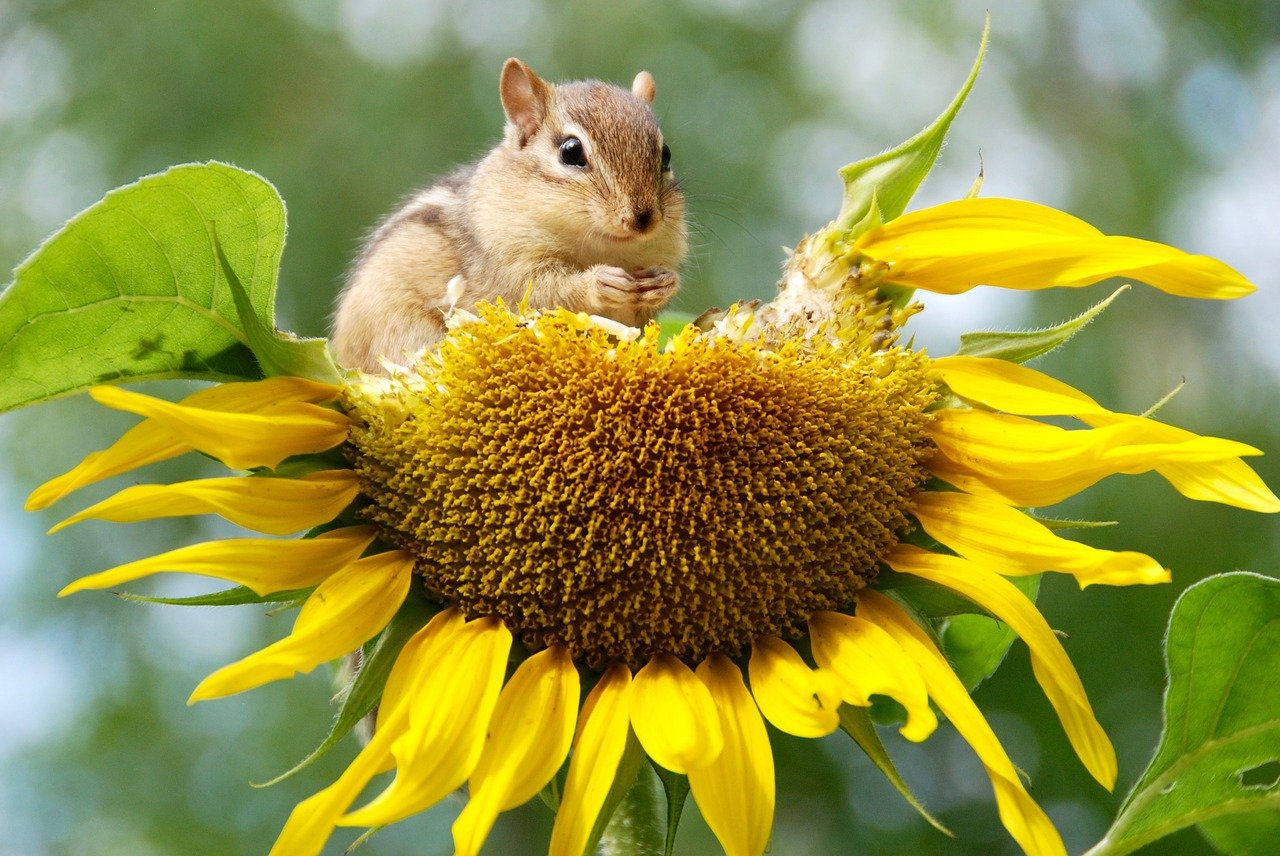
CHIPMUNK TRIVIA
If you have a bird feeder you’ve likely observed these little creatures scurrying beneath the feeder collecting seeds and nuts. In today’s blog I thought I’d share some interesting facts about chipmunks. A group of chipmunks is called a scurry. There are 25 species of chipmunks. Twenty-four of them reside throughout North America from Canada…